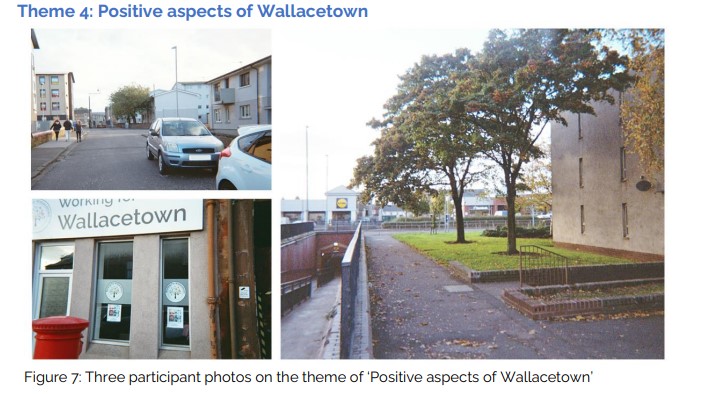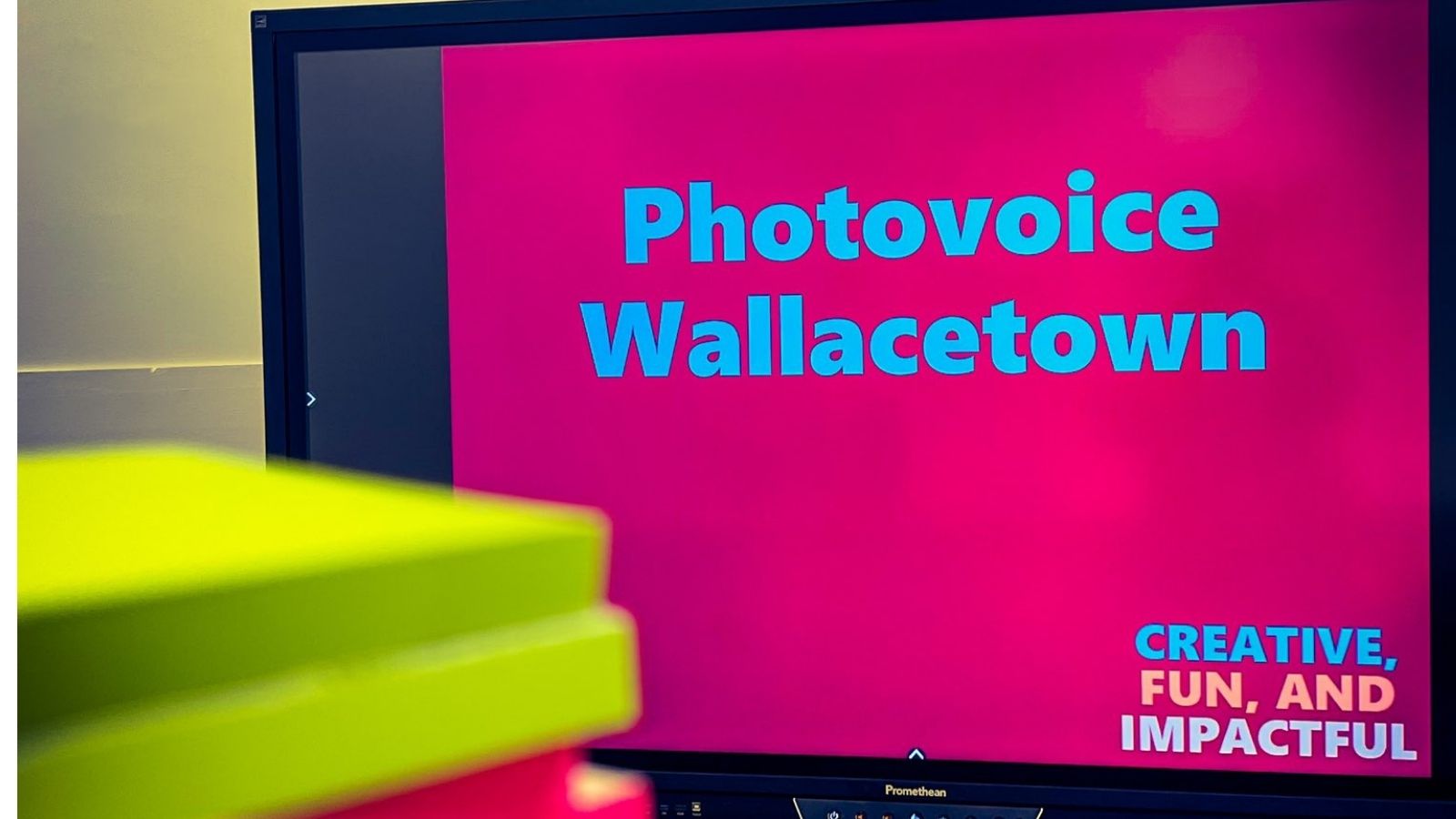“I wish I had moved here sooner.” Perceptions can run deep, but a picture is worth a thousand words. The Photovoice project in Wallacetown, Ayr, saw 12 participants take over 200 photographs. In doing so they created a deep and rounded picture of what it’s like to live in the area.
Those who took part, aged between 14 and 25, were given a disposable camera and a week to take photos of where they lived. All of the participants were female, and a number were parents.
‘Nobody knows a community better than the residents, and we found that Photovoice helps the police learn to see the community from the residents perspective. There is plenty being said in so called seldom heard communities, if you know how to listen and what to look out for,’ said Dr Andrew Williams, senior lecturer in Public Health at the University of St Andrew’s.
Of the 200 plus photos taken, each participant chose up to five images that would be part of the project.
4 Themes
The images fell into four themes: Safety; People, The Police, and Positive aspects of Wallacetown. After the images were taken, follow up interviews were carried out with researchers and partners in the project, the Police.
The Safety section revealed images of loose wires in a lamppost and broken glass next to a children’s playground, a foreboding underpass and a poignant images of CCTV cameras, that the participants said didn’t work.
The theme of People reflected a sense of dislocation, but seemed to urge intervention. And The Police section inspired a participant to say “We want to see less of the police,” While another pointed out: “The police presence is after something has happened.” As partners in Photovoice, the Police were key.
Partners
Other partners were the University of Exeter, the University of St Andrews, the Scottish Violence Reduction Unit and C2, alongside Police Scotland, the Scottish Institute for Policing Research, and the Scottish Police Authority.
But what of reputation, and what it’s actually like to live in Wallacetown? For this we’ll go back to the quote at the top of the story.
Perceptions
“See when I moved here,” said the participant, “I was terrified to move here, and it was just more what I was told. And half of it was from people who didn’t even stay here. And, when I moved here, what I was quite shocked about, I don’t want it to sound bad, but I was quite shocked at the amount of working people that are here. I wish I had moved here sooner.”
Other aspects of what was good featured images of clean and tree-lined streets.
Photovoice has been designed to hear seldom heard voices, and in the process it can get a deeper insight in the issues facing communities, and the care that those who live in an area have for that area.
Views and feelings
The photographs were a tool ‘to gain an insight into the views and feelings of particular groups’, said the police partners.
As Hazel Stuteley, OBE, founder and director of C2 said: “Disadvantaged communities and their people are not the problem – they are the solution.”
Read the full report “Seldom Heard Communities Grant – To Be Seen and Heard: Developing Photovoice as a Method for The Police to Engage with Young People in Under-Served Communities” on the SIPR site.




